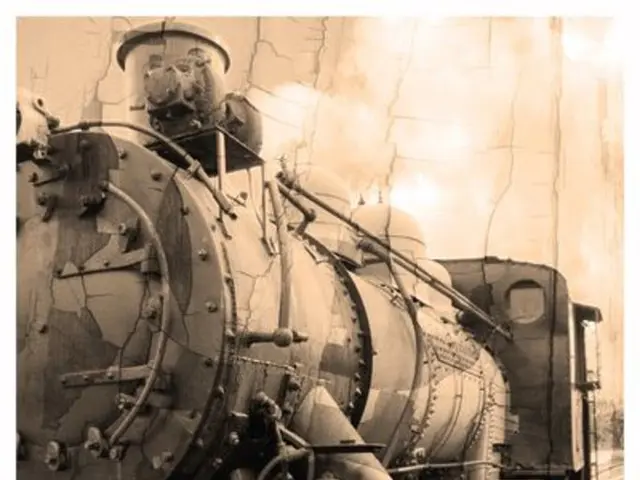Evolution of Shoes Throughout Time
The production of shoes, a staple of human civilization for thousands of years, transformed into an industry during the 18th century, marking the dawn of the Industrial Revolution. The first shoe factory emerged in Massachusetts by 1760, but it was the 19th century that saw a significant expansion in large-scale shoe production.
Before this industrial revolution, shoes were primarily handmade in small workshops or by cobblers. However, the introduction of the division of labour and machinery in 18th century England enabled early manufacturing processes, initially seen in textiles, to impact other industries, including footwear.
Key mechanization milestones during the Industrial Revolution, such as Jan Ernst Matzeliger's shoe-lasting machine, which automated the shaping of the upper parts of shoes and drastically improved production efficiency, played a pivotal role in this transformation. This innovation, among others, helped establish a modern shoe industry capable of producing shoes in large quantities, including specific left/right designs that emerged around the 1850s.
By the early 20th century, companies like the Manistee Shoe Manufacturing Company, founded in 1902, reflected the shoe manufacturing industry's establishment, employing dozens to hundreds of workers.
Throughout this journey, footwear has evolved significantly, with innovations like vulcanized rubber (1839) and continued mechanization shaping the types, shapes, colours, and styles of footwear we know today. From the oldest shoe found in Armenia around 5500 years ago to the numerous companies worldwide that manufacture shoes today, footwear has been a constant companion in human culture and history.
As we continue to explore the origins and evolution of footwear, it's fascinating to note that the identity of the person who invented footwear 40,000 years ago remains unknown. Yet, the continued use and development of footwear across generations are testament to its importance in human life. The invention of footwear and its subsequent industrialization are topics of ongoing scientific research, offering a fascinating glimpse into our past and future.
Read also:
- United States tariffs pose a threat to India, necessitating the recruitment of adept negotiators or strategists, similar to those who had influenced Trump's decisions.
- Weekly happenings in the German Federal Parliament (Bundestag)
- Southwest region's most popular posts, accompanied by an inquiry:
- Discussion between Putin and Trump in Alaska could potentially overshadow Ukraine's concerns








